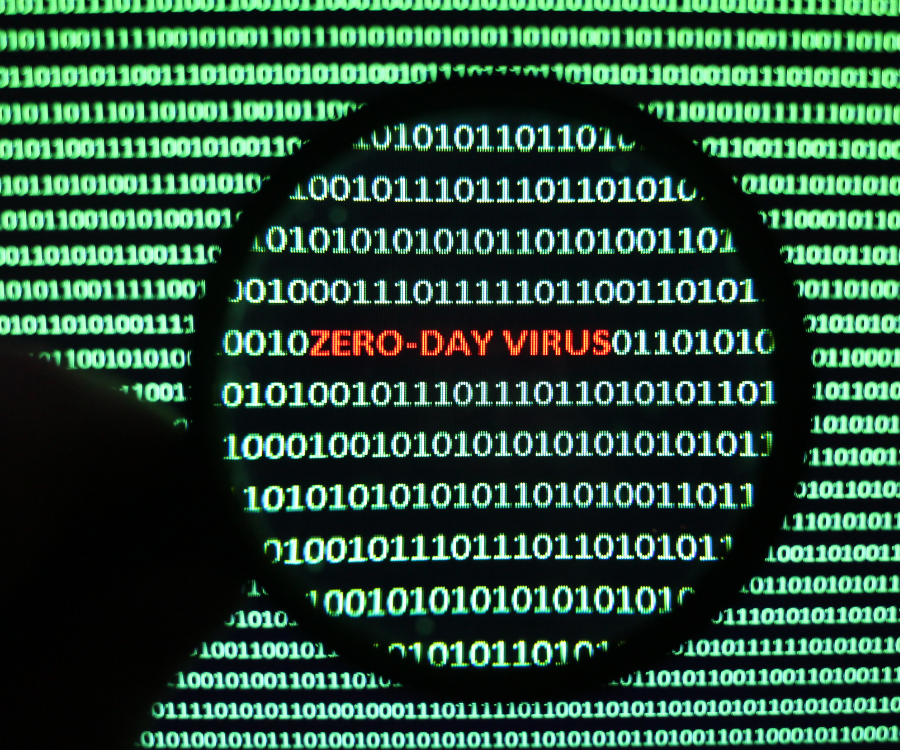Cybersecurity is crucial; it is no longer just a corporate problem. The most insidious issue concerns the escalation of attacks exploiting Zero-Day vulnerabilities.
Zero-Day: The Silent Risk to Information Security
In simple terms, a Zero-Day vulnerability is a security flaw in software that is unknown to the vendor. Thus, a corrective patch does not yet exist.
The Attacker’s Advantage
Consequently, hackers exploit the flaw before the company is aware of it. For this reason, Zero-Day attacks are difficult to block with traditional defenses. Not only do they hit operating systems, but also IoT devices. This makes the global network particularly vulnerable.
Noteworthy Real-World Examples of Zero-Day Attacks
Historically, Zero-Day attacks have had enormous consequences on geopolitics and corporate security.
- Real Example (Stuxnet): One of the most famous cases is the Stuxnet worm (early 2010s). Specifically, Stuxnet utilized four different Zero-Days to sabotage the industrial control systems (SCADA) of Iranian nuclear facilities. In fact, it demonstrated that malware could cause real physical damage.
- Real Example (Log4Shell): More recently, the Log4Shell flaw affected a widely used open-source logging library. Therefore, the impact was massive: the defect was present in thousands of web applications. These episodes highlight the need for robust cybersecurity.
Zero Trust Defense and AI
Given such stealthy threats, the cybersecurity industry is moving towards predictive defense.
- AI for Anomaly Detection: First and foremost, Machine Learning algorithms monitor network behavior. To this end, they look for subtle anomalies that could indicate a Zero-Day exploit, even without a known signature. For example, a sudden and anomalous data transfer triggers an alert.
- Zero Trust Architectures: Furthermore, companies are adopting the Zero Trust approach. Essentially, the principle is: “Never trust, always verify.” Hence, every access, even internal, is authenticated. This drastically reduces the attacker’s ability to move laterally within the network after a Zero-Day exploitation.
Conclusion
In conclusion, the battle against Zero-Day threats requires a dynamic approach, driven by Artificial Intelligence and Zero Trust strategies. In fact, the speed of attack places constant pressure on developers and those responsible for information security. Therefore, the adoption of predictive models and new architectures is essential to ensure that the defense remains effective against cyber threats in the digital age.


